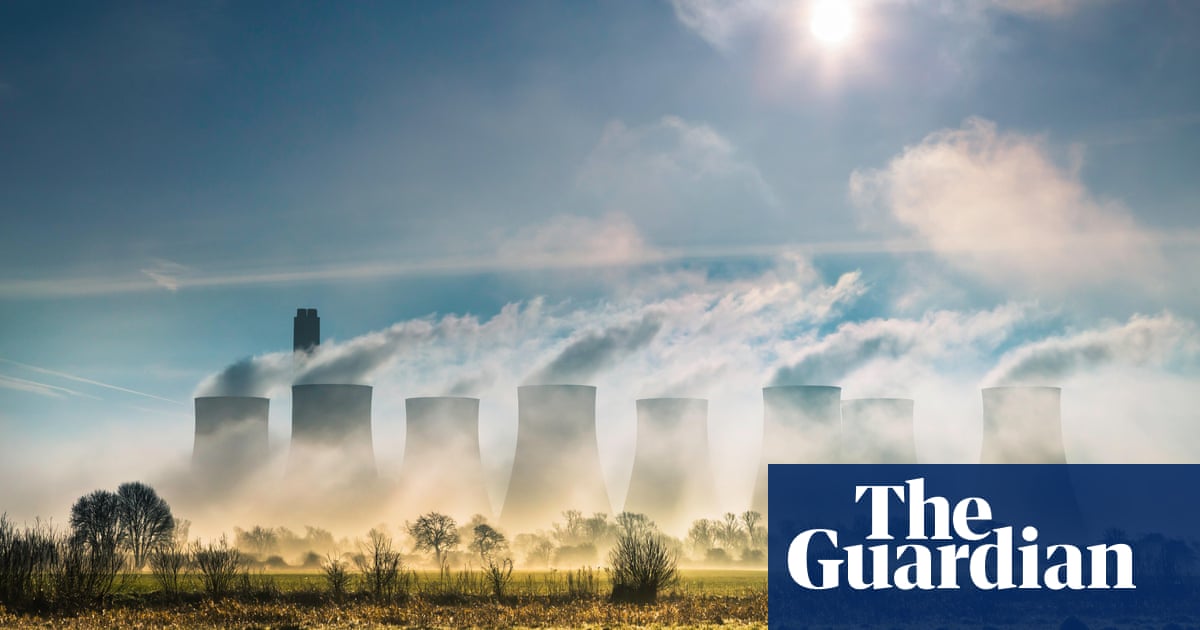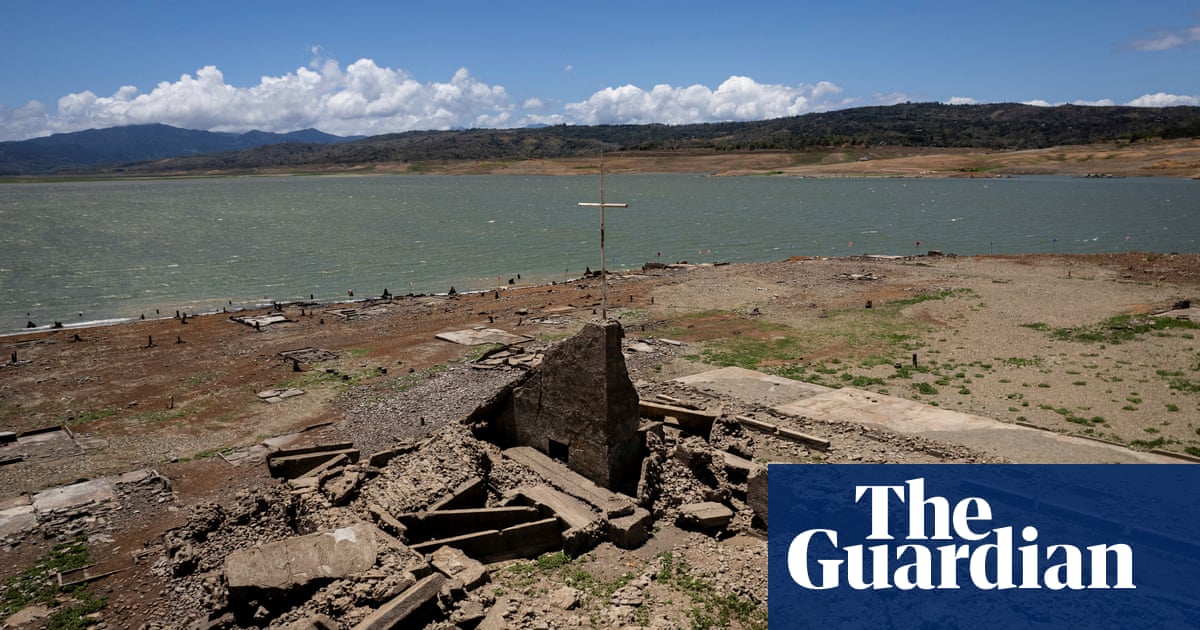
The warning is to “wait for the snap, crackle and pop” as three glowing electrodes are dropped into an electric arc furnace in Cardiff. What follows sounds like thunder and lightning. It is a human-induced storm in a massive, ceramic-lined cup, holding 140 tonnes of rapidly melting steel.
The plant, owned by Spain’s Celsa, melts scrap steel using high-voltage electrical currents that generate the 1,600C needed to turn the metal to liquid. The glowing steel is then ready to be cast, twisted and crushed into the rods used to reinforce concrete.
The plant’s million tonnes of annual output have been used in projects ranging from buildings such as the Wembley Stadium and Shard, to infrastructure projects including the Elizabeth tube line and Hinkley Point nuclear power station.
The electric arc furnace is a sign of the future for the rest of the UK industry.
Tata Steel, based in Port Talbot, and British Steel, at Scunthorpe, are each planning to switch from polluting blast furnaces to the much greener electric technology. The plans will cut emissions, but also involve thousands of jobs losses, including 2,800 in south Wales.
Pushing for investment
The new Labour government has promised to renegotiate a £500m subsidy, agreed under the Conservatives, for Indian-owned Tata Steel to make the switch and so cut out nearly 2% of the UK’s carbon emissions.
Tata tapped the last iron from one blast furnace hours after voters gave Labour a landslide victory at the general election this month, and plans to close its second furnace in September.
However, the UK’s newly installed business secretary, Jonathan Reynolds, has offered more money in the hope of saving jobs. Labour has pledged another £2.5bn investment in the UK steel industry. A large chunk is expected to go to Tata Steel on top of the £500m already agreed.
Yet there have long been questions over how that cash will be spent, with Tata Steel insistent that it will not turn back from its decision to close the blast furnace.
The picture is gradually becoming clearer, as Labour and the steelworker unions converge on a plan that aims to secure new investments which they hope will preserve hundreds of steel jobs in south Wales.
The government is unlikely to offer to subsidise the polluting blast furnaces, which are losing £1m a day, according to Tata. But it is understood that fresh investments could include a new plate mill at Port Talbot to make shafts for wind turbines, and a new facility making the valuable galvanised steels used in cars and construction. An industry source said those functions could together provide 500 jobs.
Gareth Stace, the chief executive of UK Steel, a lobby group, said he believed there was a “significant future opportunity within offshore wind for the steel sector in the UK” that would be ripe for investment.
“We want to be able to supply that steel,” he said. “In order to achieve that we do need investment.”
It is understood that the government and unions are unlikely to push for Tata Steel to invest in using hydrogen to produce lower-carbon steel. So-called “direct reduced iron” (DRI) has long been mooted as an option to decarbonise the UK steel industry, but an industry source said DRI appeared to be a non-starter.
Three people with knowledge of the talks said there was a weak business case for Tata to build a DRI plant, because it would source most of its raw materials from scrap metal. Another big issue is the complete absence of industrial scale “green” hydrogen made with renewable electricity in the UK.
Reynolds this week also raised questions about “the size of the new furnaces that might be put in place” at Port Talbot. Tata is committed to building an electric arc furnace capable of producing 3.2m tonnes of metal a year, and wants to order the machinery by September.
Unions are understood to be pushing for discussions on building a second, smaller, electric arc furnace, potentially in Llanwern. However, a source close to Tata suggested the company did not see enough demand to support this.
Talks halted on 22 May after another union, Unite, threatened industrial action. However, they restarted after that threat was lifted.
Roy Rickhuss, the general secretary of Community, another union representing steelworkers, said Reynolds was briefed on a draft memorandum of understanding drawn up between Tata and the unions that discussed possible options.
Rickhuss said the business secretary had “acknowledged the investment commitments already secured, and indicated these would form the basis of ongoing negotiations with Tata Steel”. But time was running short, he said. “We call on Tata to engage urgently in meaningful discussions with the government to unlock greater investment and protect jobs.”
A Tata Steel spokesperson pointed to previous comments, including by the company’s global chief executive, Thachat Viswanath Narendran, that it was open to further investments but would need a convincing business case to proceed.
From coal to electricity
Whatever happens it appears that British blast furnaces are on their way out (although Chinese-owned British Steel has yet to make a formal decision on when to close its two furnaces in Scunthorpe).
Blast furnaces evolved over the course of hundreds of years of steelmaking, but the basic method is similar to the one pioneered in Britain during the Industrial Revolution.
The furnace uses coal combustion to strip oxygen out of iron ore. The resulting molten iron is then processed to produce steel. However, much of the oxygen combines with the carbon in coal to produce carbon dioxide, the biggest contributor to global heating.
Electric arc furnaces do not require coal. Tata’s plan is to switch from transforming iron ore into metal, and instead take scrap steel from demolished bridges, buildings, cars – anything usable – and melt it down again using electricity. The circular process promises huge carbon savings compared with blast furnaces.
Celsa, which employs 1,800 people in the UK, took over the Cardiff site, formerly known as Allied Steel and Wire, in 2002. It installed the electric arc furnace in 2006.
The flames shooting to the ceiling of the Cardiff arc furnace are a clear sign that the process is not carbon-free. However, Celsa said emissions associated with its steel were 88% less than those from a blast furnace. It has committed to be carbon neutral by 2050 and says it will achieve that by using fully renewable electricity, though will have to rely on carbon offsets until it can use hydrogen and other technologies for functions beyond the arc furnace.
Sovereign security
The shift to electric arc furnaces does not address another issue highlighted by Labour and by some in the defence industry: if the blast furnaces at Port Talbot and Scunthorpe are closed, the UK will be left without a way of transforming iron ore into steel.
Chris McDonald, a former Tata Steel engineer, is one of the advocates for Britain investing in a hydrogen DRI facility for the “sovereign security” of being able to make steel.
In 2014 McDonald went from Tata’s old research division to the not-for-profit Materials Processing Institute, before being elected last week as Labour’s MP for Stockton North, where he will try to influence the new government.
The UK steel sector would probably only need one DRI plant, given the volume of scrap it has, said McDonald. However, it is unclear which individual company would step up to invest. McDonald suggested a plant could be built as a joint venture backed by government.
If the blast furnace closures proceed, the UK will be left as the only G20 country without the ability to make its own steel, just as the chaos of global supply chains has come to the fore with the Covid-19 pandemic and Russia’s invasion of Ukraine.
“I think the onus is on us to explain why we know better than the other 19,” said McDonald. “We want to be able to be sure we can make steel whatever happens in the world.”












